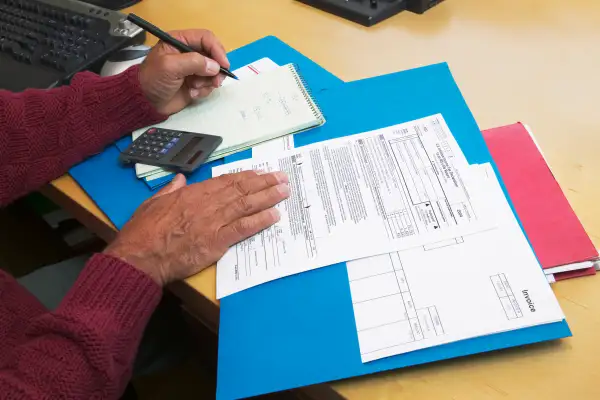Millions of Taxpayers Still Have to Meet an April 15 Tax Deadline

While many taxpayers are relieved to have an extra month to wrangle their tax papers after the IRS extended the deadline, quarterly filers aren't off the hook: they still need to pay Uncle Sam estimated taxes by April 15.
The IRS pushed the federal income tax deadline back to May 17 from its usual April 15 following an outcry from legislators and industry leaders who said taxpayers are still facing health and economic issues related to the pandemic. But the extension does not apply to estimated tax payments that are due on April 15, the IRS said in a statement. These payments go toward estimated taxes on income from the first quarter of this year, whereas the May 17 deadline is for taxes on 2020 income.
Accounting groups are not happy.
“This selective decision by the IRS unfortunately creates more bureaucracy and confusion and is out of sync with real world stresses that taxpayers, tax practitioners and small businesses are dealing with,” Barry Melancon, president and CEO of the American Institute of CPAs, said in a statement.
Who must make estimated tax payments?
Those who don’t have their taxes withheld via their paychecks throughout the year need to make quarterly estimated payments to the IRS. This includes independent contractors, like self-employed small businesses and freelancers, as well as taxpayers who receive income like interest, dividends, alimony, capital gains or prizes and awards (like the lottery). It can also include people who do have income tax withheld from their paychecks, but did not get enough withheld. For example, if you had three jobs where you made $30,000 each for the year, your total taxable income is then $90,000, putting you into a higher tax bracket and requiring you to pay more than the withholding than you were likely seeing in those three paychecks.
If you receive unemployment benefits and didn’t opt to have federal income tax withheld, you may also owe estimated payments. The IRS’ worksheet on estimated tax for individuals provides more information on who does and does not need to make these payments.
Calculating headaches
Postponing the federal income tax filing deadline but not the deadline for estimated payments may make it harder for people to calculate their estimated payments.
Calculating your estimated payments can be complicated, says Mike Slack, manager at the Tax Institute at H&R Block. The most common method for doing so, he adds, includes using your previous year’s tax returns as a reference.
“So if you haven’t filed your tax return yet, you might not have that method available to you for calculating your estimated payments,” Slack says.
This could especially be a difficult calculation for people who just started self-employed work or small businesses during the pandemic, as they likely don’t have a system in place yet to make these calculations, says Cari Weston, director for Tax Practice & Ethics with the American Institute of CPAs.
Should people who need to make estimated payments rush to file their tax returns by April 15 as well? Not necessarily, Weston says. She recommends getting your taxes as close to done as you can so you can estimate your quarterly payment, then take the time after you’ve paid to make sure your returns are right.
“I would never ever, ever encourage anybody to rush to file their tax returns to meet a deadline unless it’s the final deadline and they just have to do it,” Weston says. (And remember, you can request an extension if you need more time to file your tax returns, which will give you until Oct. 15.)
Just keep in mind that there are penalties for underpaying your estimated taxes, or paying them late. Typically, taxpayers can avoid a penalty if they own less than $1,000 after subtracting their withholdings and credits, or if they paid at least 90% of the tax for the current year or 100% of the tax shown on the return for the prior year (whichever is smaller), according to the IRS.
Weston also recommends that anyone who is paying estimated payments to have a documented trail of their activity in case anything goes wrong. That means using the IRS’ Direct Pay tool or Electronic Federal Tax Payment System instead of sending a check in the mail.
“Anything you can do with the IRS electronically, you should 100% do electronically,” Weston says.
More from Money:
How to File Your Taxes for Free in 2021
The Best Online Tax Prep Software for 2021
A New IRS Tool Lets You Protect Your Tax Refund — and Your Identity — From Scammers
